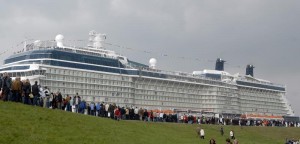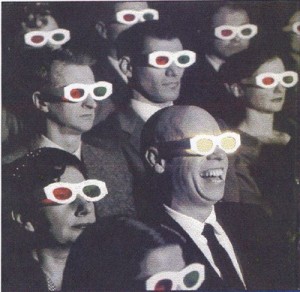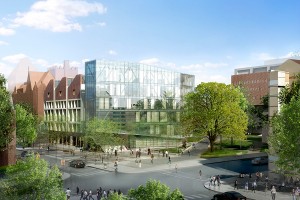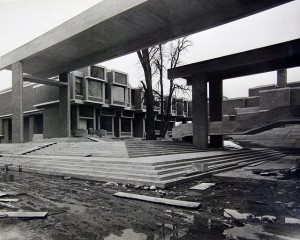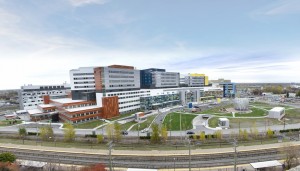LIVES OF THE ARCHITECTS
 “Architecture is the picture frame and not the picture” is a memorable quote attributed to the mid-century California modernist, William Wurster. Wurster, a notable teacher as well as an architect, was reminding his students that architecture is always a setting, not the main event. I thought of Wurster’s observation recently when I was writing an essay for Architect on the challenges of architectural biography. Why are there so few first-rate biographies of architects, I asked? Or, to put it another way, why don’t first-rate biographers such as David McCullough, Edmund Morris, and Walter Isaacson,
“Architecture is the picture frame and not the picture” is a memorable quote attributed to the mid-century California modernist, William Wurster. Wurster, a notable teacher as well as an architect, was reminding his students that architecture is always a setting, not the main event. I thought of Wurster’s observation recently when I was writing an essay for Architect on the challenges of architectural biography. Why are there so few first-rate biographies of architects, I asked? Or, to put it another way, why don’t first-rate biographers such as David McCullough, Edmund Morris, and Walter Isaacson,

